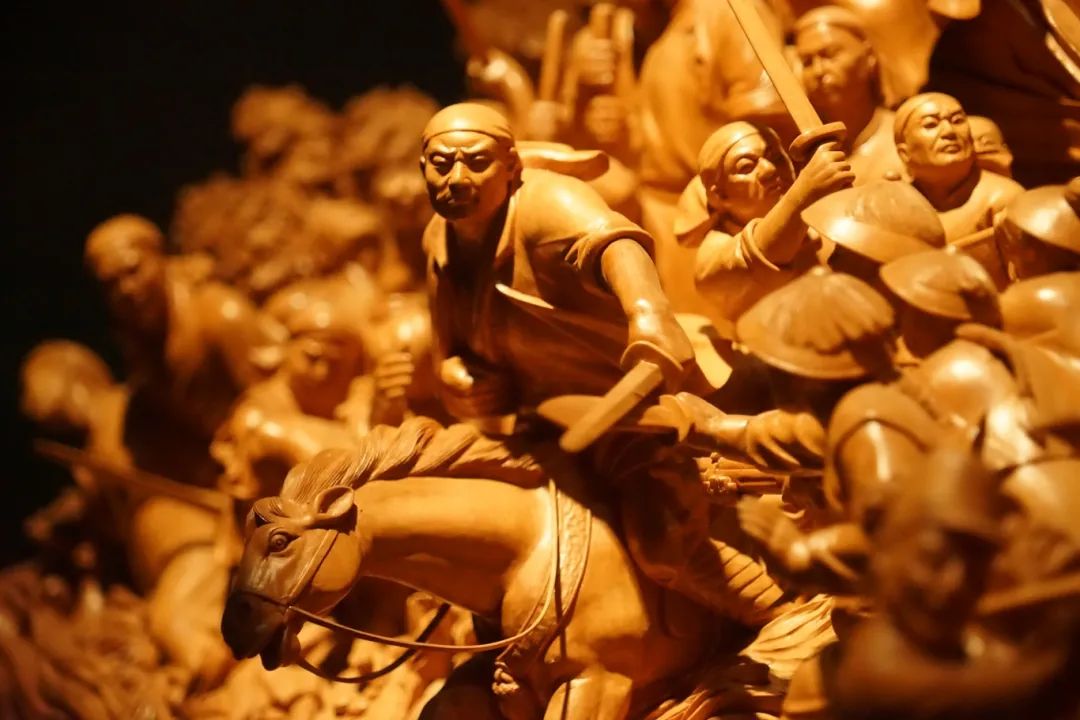Boxwood Carving

Image source: https://imagepphcloud.thepaper.cn/pph/image/317/338/578.jpg
Shanghai-style boxwood carving is an art form that originated during the early period of Shanghai's development. Over more than a century, it evolved into a mature and distinct style of woodcarving. In the 1920s and 1930s, Xu Baoqing, a student of the Tushanwan Craft Institute, established a Shanghai-style boxwood carving system with strong regional characteristics after more than 70 years of dedication. Xu and his disciples became the leading figures of this unique Shanghai art form.
Shanghai-style boxwood carvings seamlessly blend Western realistic sculpture techniques with traditional Chinese carving methods, balancing classical and contemporary themes while emphasizing allegorical expression. These carvings excel at capturing vivid, lifelike moments, reflecting both a profound sense of vitality and a deep connection to Chinese cultural heritage.
Rich in artistic content and cultural significance, Shanghai-style boxwood carvings serve as an essential resource for studying Shanghai's cultural history. However, in recent years, the craft has faced challenges due to the pressures of the market economy. The lengthy production process and limited economic returns of purely handmade carvings have hindered their development, leading to a crisis of inheritance. Urgent protective measures are needed to revitalize this traditional art form and ensure its continued growth.
Original Chinese text source:
https://www.ihchina.cn/project_details/14025